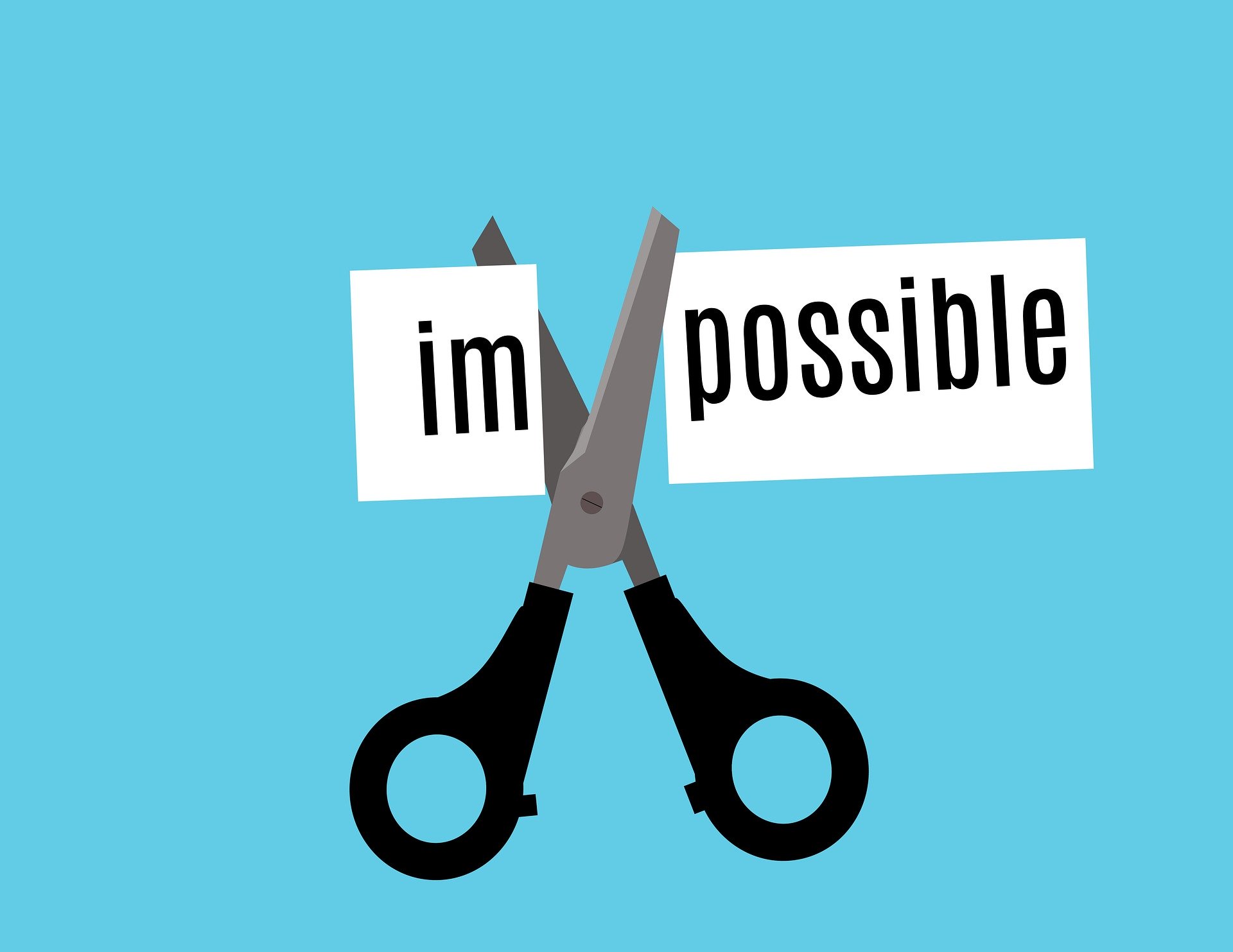This test is run by .
Note that your final mark will not be saved in the system.
Note that your final mark will not be saved in the system.
Individual differences (attitude, motivation and aggression) GapFill
Target Level
C
Running Total
0
0%
Attempt
1 of 3
You must fill all the gaps before clicking ‘Check Answers!’

Attitude can be defined as an enduring emotional feeling that alters an individual's response towards a specific situation. It is important for a performer to have a attitude, as this has a beneficial impact on motivation towards achieving goals and task persistence.
Attitude formation is dependent on a number of factors:
- Personality type - As covered earlier, there are many different types of personality. It is suggested that extroverts are more likely to have a positive attitude towards sport by embracing social scenarios
- Social influences - This is encapsulated by the theory, which suggests that an individual is more likely to form an attitude based on the observation of a significant other
- Social norms - An individual is more likely to develop an attitude that is deemed socially acceptable or has been passed down through history in certain cultures
- Education - What we are taught in school and by peers could influence our beliefs or attitudes
- Media influence - What we see or read in the news or on social media can also shape our attitudes
- Personal experiences - If an individual has had a large amount of positive personal experience of a certain situation, they are more likely to form a positive attitude towards this situation. The more emotional the experience, the more likely that an attitude will be formed.
- The component - The emotional reaction towards attitude. A positive emotional reaction to exercise would promote the formation of positive attitudes towards exercise. For example, a sedentary individual who sees visible signs of improvement following two weeks of training might change their attitude towards exercise as they feel healthier.
- The component - How an individual behaves compared to what they believe. Their behaviour is more reflective of their attitude than their beliefs. For example, a sedentary individual may be well educated on the health benefits of physical activity, yet may still refrain from participating, revealing their attitude towards it.
- The component - An individual’s thoughts towards an attitude object. This involves an individual’s attitude being influenced by either positive or negative beliefs that the individual holds. For example, a sedentary individual does not think that exercise is that important for them in maintaining a healthy lifestyle as they already have a good diet and don’t drink or smoke.
- The success of this method is dependent on the following factors:
- The characteristics of the recipient - A more willing recipient who is open to ideas or is easily swayed by words is more likely to be convinced to change their attitude
- The characteristics of the benefactor - If the benefactor is of a higher status than the recipient, social learning theory suggests they are more likely to change their attitude
- The quality of the message - The message must be clear, accurate and concise to avoid overloading the recipient of information, thus demotivating them to pay full attention